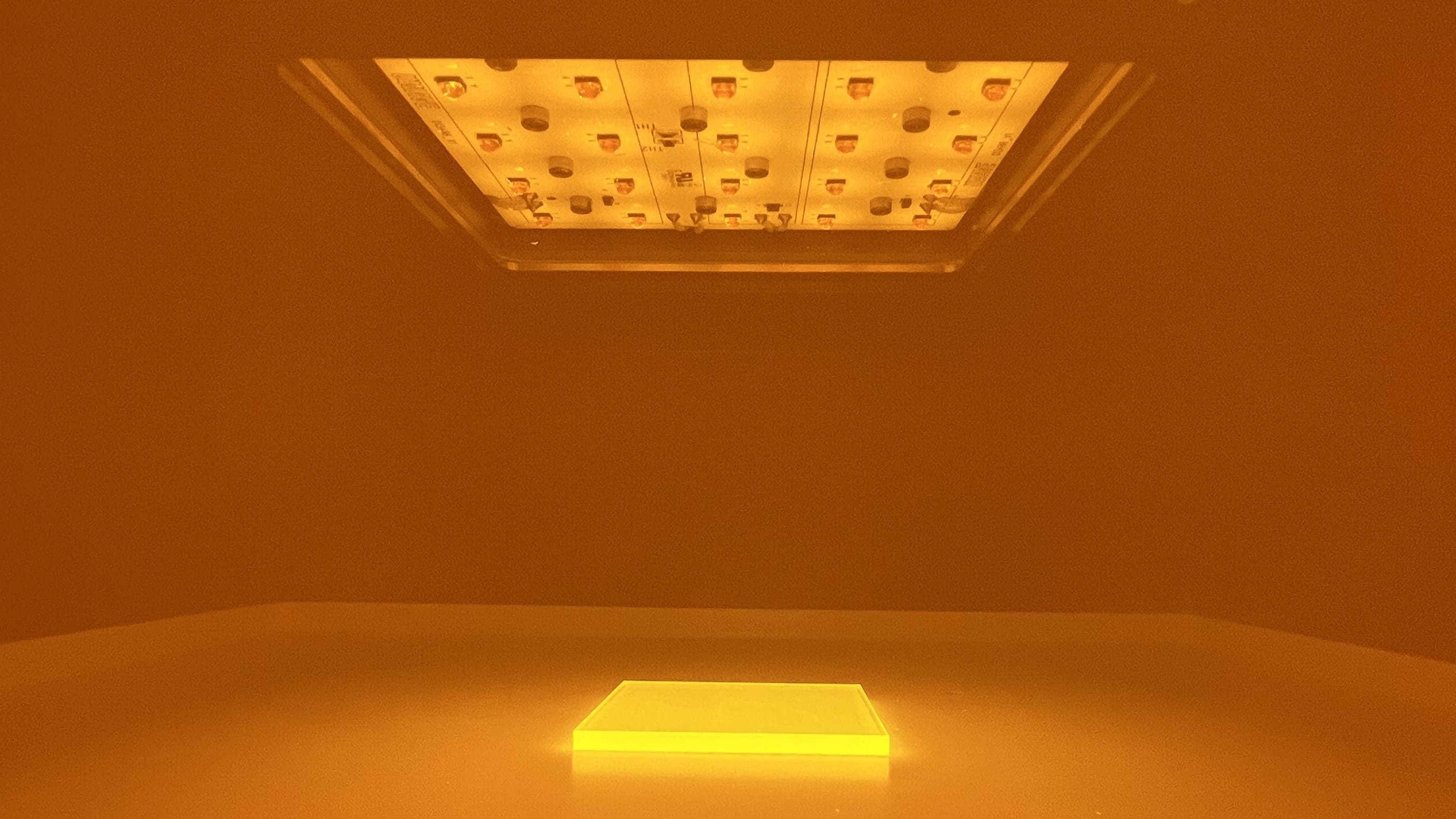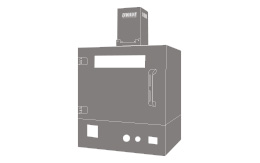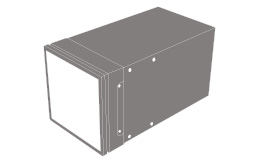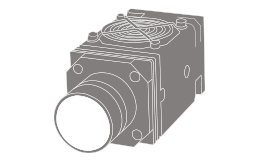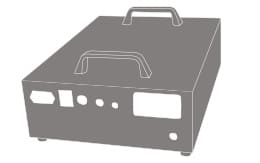Photoaging
- Principle -
UV light exposure is responsible for many molecular and genetic changes on different materials and living cells. Sunlight that irradiates Earth’s surface contains both UV-A and UV-B rays as UV-C one are fully blocked by the ozone layer:
- UV-A rays from 320nm to 400nm close to visible lighting, penetrates deeply into many materials and skin.
- UV-B rays between 280 to 320nm which represent 5% of the solar radiation are more energetic and dangerous than UV-A but mainly operates on surface.
UWAVE LED lightings systems which include a mix of visible, UV-A and UV-B wavelengths can simulate effectively an accelerated solar emission spectra and allow high-precision adjustment and homogeneity ranges. Many scientists are now using this technology to predict and evaluate the responsive behavior and changes of polymer materials, PV modules and living cells to artificial solar radiation.
